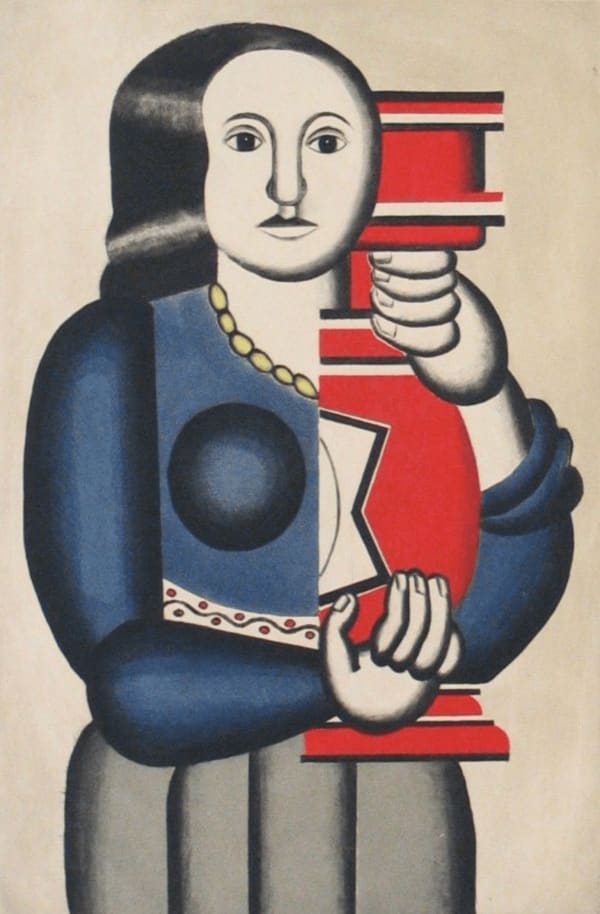Fernand Léger French, 1881-1955
Though he is considered a foundational figure in the development of Cubism alongside contemporaries Georges Braque and Pablo Picasso, painter Fernand Léger pioneered an abstract style all his own: his aesthetic, which features primary colors and disjointed, rounded forms, has been informally called “Tubism.”
Léger’s graphic, flattened scenes of contemporary city life, circuses, and common objects offered an accessible approach to Cubist vocabularies and helped spur the development of Pop art. His service during World War I sparked an interest in the machines and elements of industry that appear across his later canvases.
During his lifetime, Léger exhibited widely, both in his native France and abroad, and enjoyed institutional shows at the Museum of Modern Art and the Art Institute of Chicago. His work has sold for tens of millions at auction and can be found in the collections of the Tate, the Metropolitan Museum of Art, and the National Gallery of Art in Washington, D.C. Léger also worked in printmaking and film, among other media (via Artsy).


